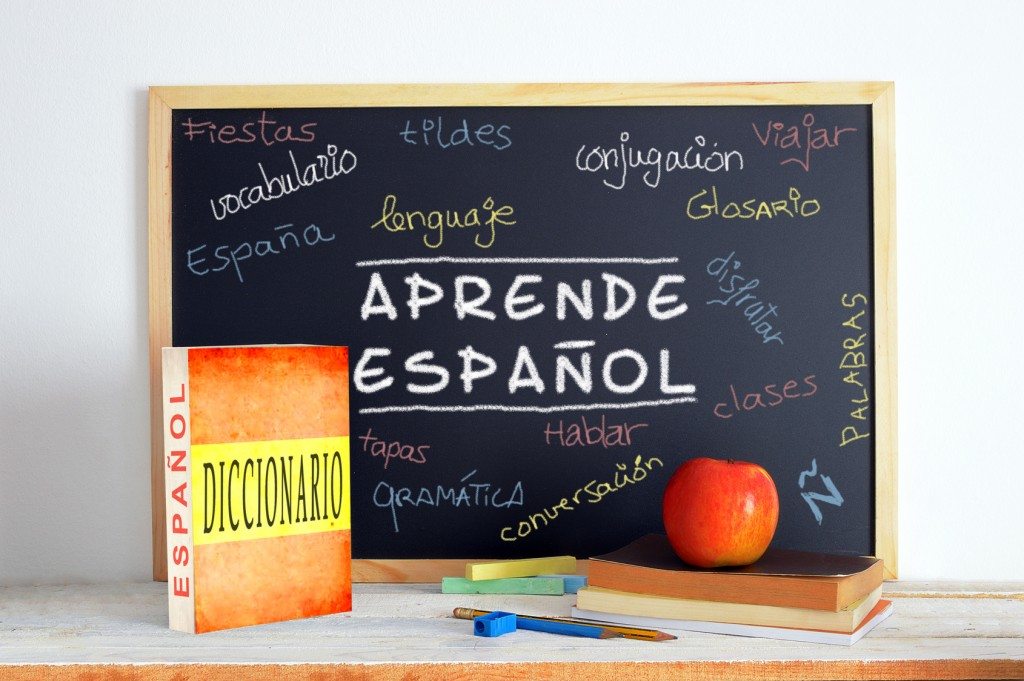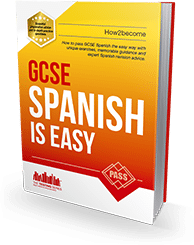As we only have one verb that means ‘to be’ in English, being presented with two (that are both irregular) when we start learning Spanish is initially confusing, not least because they are applied in different ways with different meanings. So, knowing when to use SER and ESTAR, and the differences between them, is vital for your Spanish study no matter how advanced a level you are at. This is due to the fact that for non-native speakers, it is not always obvious which of the verbs is appropriate in everyday scenarios, despite the commonness with which they appear.
Of course, solid knowledge of when to use SER and ESTAR is extremely important for GSCE Spanish students, as the reading, writing and speaking exams will frequently require you to demonstrate your ability in dealing with them correctly in an array of tenses. Therefore, a major key in Spanish study is to learn the general rules of thumb surrounding the uses of these verbs, and to practice regularly in order to become as comfortable as possible in this regard.
Having these basic rules as second nature will provide an excellent core for your revision, and will give you an ideal point of reference when exploring these verbs more deeply. So, see below for a breakdown of the recognisable situations that will show you when to use SER and ESTAR, as demonstrated by simple sentences in the indicative present tense.

Verb Tables
SER
| Yo | soy | I am |
| Tú | eres | you are (sing.) |
| El/Ella | es | he/she/it is |
| Nosotros | somos | we are |
| Vosotros | sois | you are (pl.) |
| Ellos/Ellas | son | they are |
ESTAR
| Yo | estoy | I am |
| Tú | estás | you are (sing.) |
| El/Ella | está | he/she/it is |
| Nosotros | estamos | we are |
| Vosotros | estáis | you are (pl.) |
| Ellos/Ellas | están | they are |

When to use SER and ESTAR
SER
- The most common use of ser is in basic sentences is simply to connect and equate nouns and pronouns.
For example:
He wants to be a Police Officer
Quiere ser un policía
or
The pizza is homemade
La pizza es casera
- You will know to use ser instead of estar if you are descibing characteristics or qualities that can be identified as being inherent, permanent or essential, such as nationality, age, physpical descriptors, personality descriptors, colours and materials, and shape and size.
For example:
The block of flats is very tall
El bloque residencial es muy alto
or
We are from Argentina
Somos de Argentina
- Ser is used when talking about possession.
For example:
It’s my computer
Es mi ordenador
or
You are his daughter
Eres su hija
- If you are discussing when or where an event takes place, you can use ser. Ser is also used when telling the time.
For example:
The award ceremony is in two hours
El asignación de premios es en dos horas
or
It’s eleven o’clock
Son las once
- If you are talking about how much something costs using ‘to be’, you use ser.
For example:
It’s six pounds, sir
Son seis libras, señor

ESTAR
- The most common use of estar is when describing states and conditions, including moods and feelings. In simplified terms, if ser can be said to describe permanent things, estar can be said to describe temporary things.
For example:
My colleague is ill today
Mi compañero está enfermo hoy
or
Excuse me, but my food is cold
Disculpe, pero mi comida está fría
- Another very common instance that requires estar is when talking about location. This can be confusing, because describing where events ‘are’, in the sense of taking place, can be done with ser – e.g. the meeting is in the office = el reunión es en la oficina. However, otherwise describing the locations of places, objects and people, always uses estar.
For example:
Where are the scissors?
¿Dónde están las tijeras?
or
I am in Lanzarote at the moment
Estoy en Lanzarote por el momento
- To finish, estar is used when talking about being in agreement/disagreement.
For example:
We agree with you
Estamos de acuerdo contigo
For a complete guide to GCSE Spanish, learning the easiest ways to score 100%, check out our brand new GCSE Spanish is Easy revision guide.

For more GCSE Spanish resources, check out BBC Bitesize.
